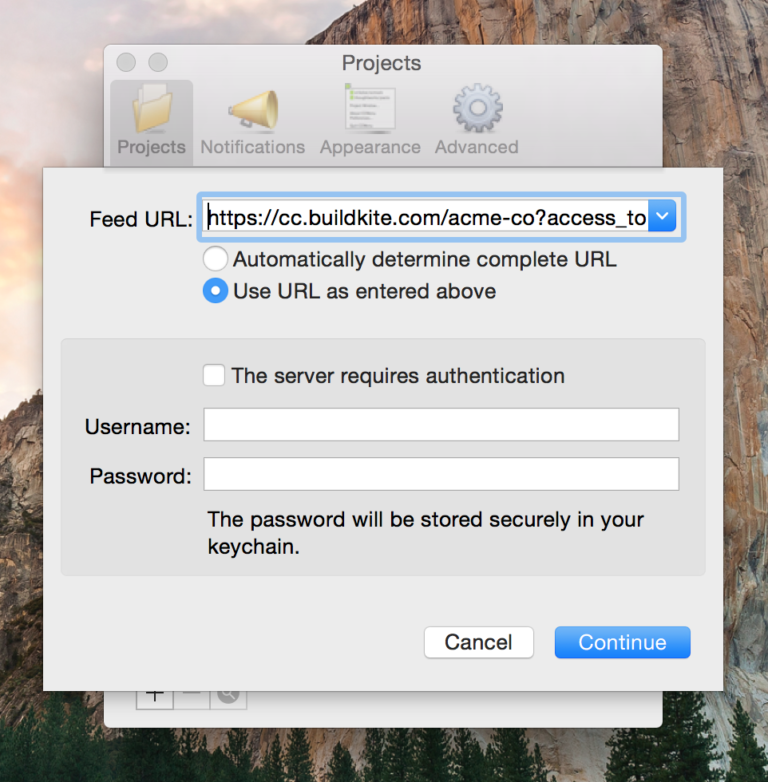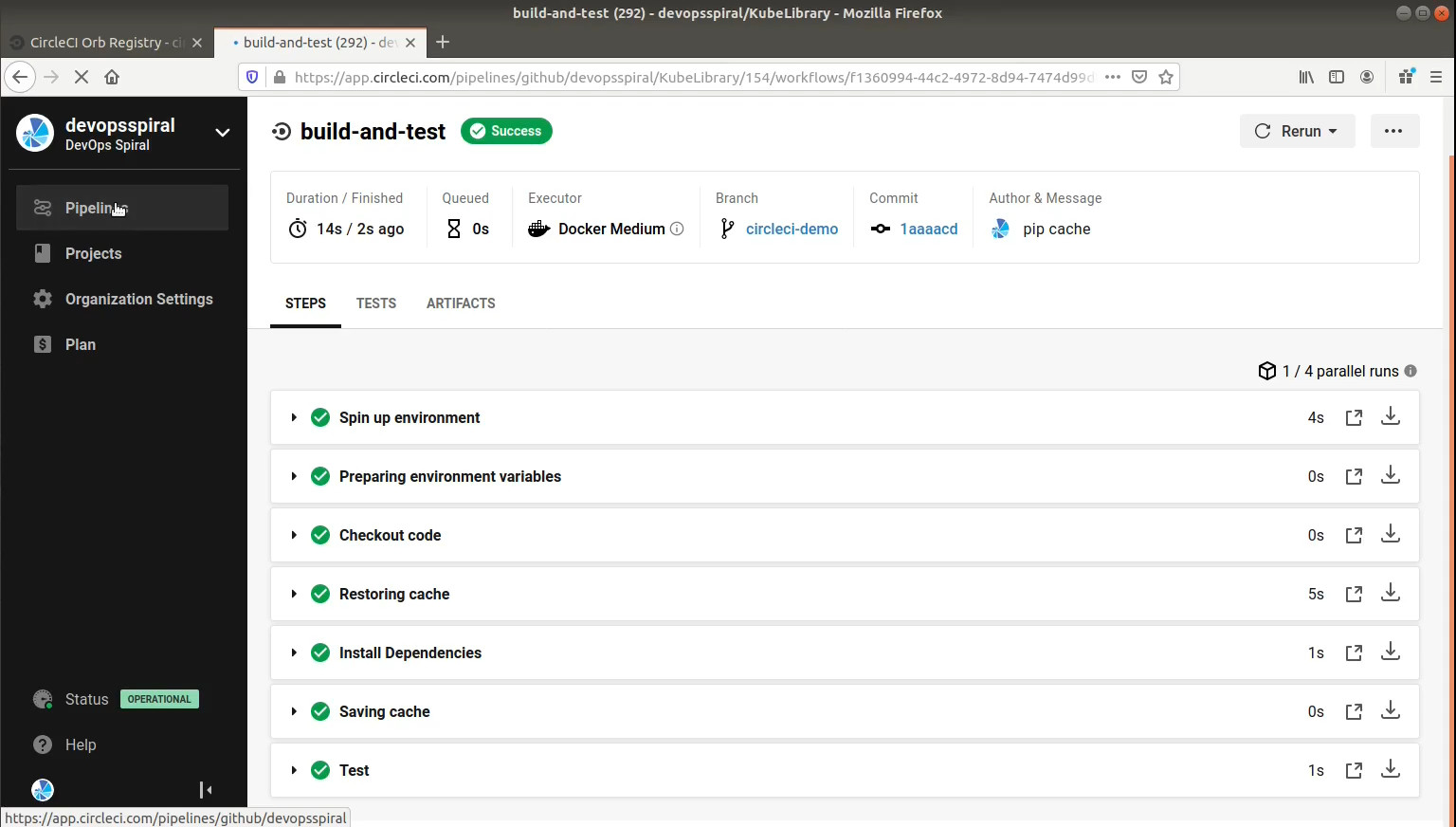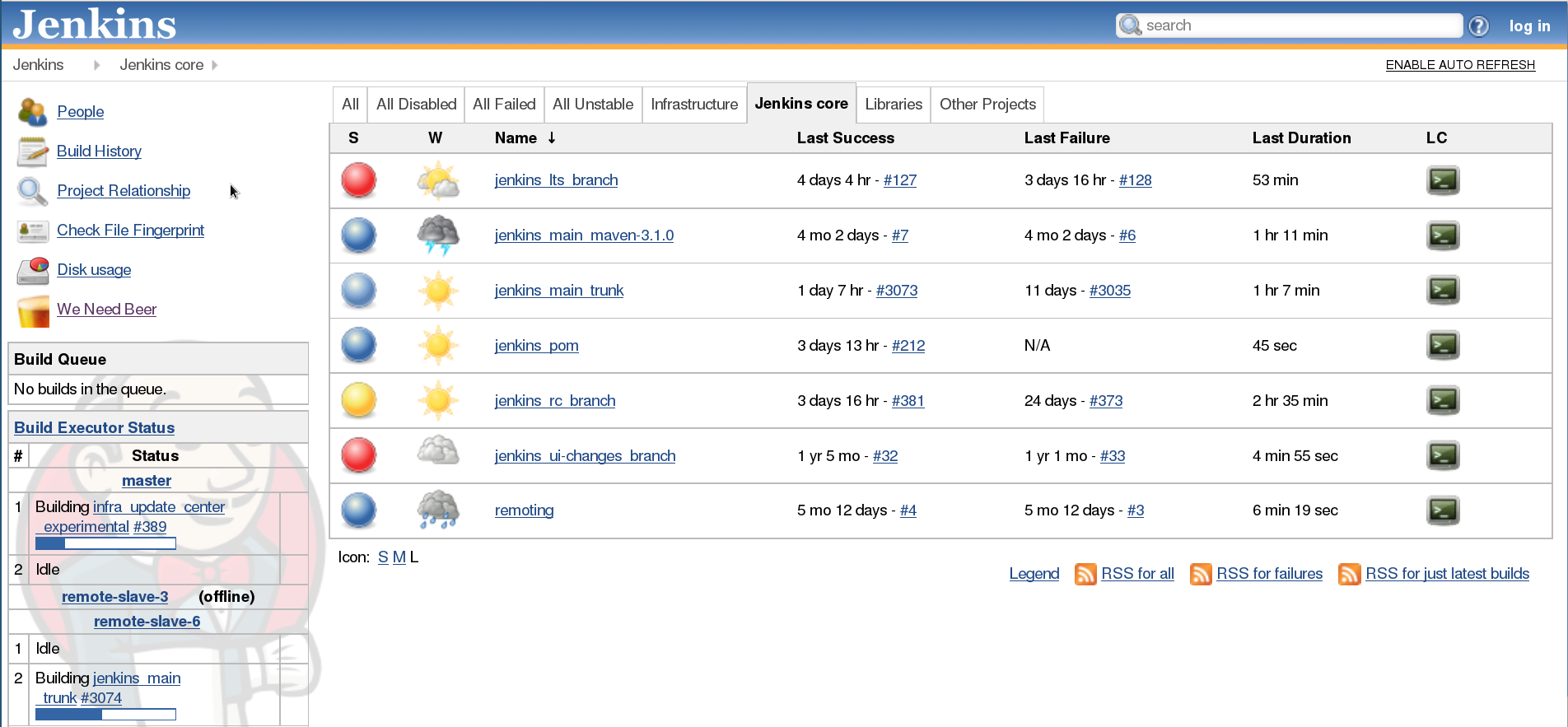

- CONFIGURE CCMENU WITH CIRCLECI MANUAL
- CONFIGURE CCMENU WITH CIRCLECI CODE
- CONFIGURE CCMENU WITH CIRCLECI FREE
You could also instruct CircleCI to load all of your added ssh keys by setting it this way: - add_ssh_keys: circleci/config.yml file, specifically in the section: Save your new SSH private key on CircleCI: in your CircleCi Account there is a section called SSH Permissions, there you should add the new private key that you recently generated.Ĭopy the generated fingerprint: once you save your private key on the CircleCI environment, you should be able to see, in the SSH Permissions section, the fingerprint of your private key, you should copy that fingerprint and paste it into the. Create a new SSH key: using your computer, create a new ssh key by executing the following command:.In this file, there are already defined and partially configured CI some steps that together make a basic CI workflow.



In order to be run, it is needed that the user manually approved this step in the previous one (the deploy-live-hold).
CONFIGURE CCMENU WITH CIRCLECI CODE
It moves all the new code in the test environment to the live environment and it apply all the new configuration and updates into the Pantheon live environment.
CONFIGURE CCMENU WITH CIRCLECI MANUAL
deploy-live-holdĪs it is said in its name, this step is just for holding on the deploy to the live environment basically, it requires a manual confirmation to deploy the latest code to the live environment. It will move the new code from the dev to the test environment, it will also execute all the required drush commands to import the configuration, execute updates and so on. The main purpose of this step is to deploy the code in the github master branch to the Pantheon master branch and import all the required configuration for the Pantheon environment. This step will be executed on push to the master branch, also it requires that all the "build" steps were executed successfully. This step will be executed after each git push that you make to any branch and its goal is to build the complete site, import configuration, execut behat tests, test coding standards and so on. We already defined a basic CI workflow to deploy Drupal sites into the Pantheon environment, the following steps are the ones that we already defined and partially configured with that objective. Ĭontains the drupal database credentials and any other settings required to make the site work correctly in the CircleCI environment. This file provides the required drush aliases to use drush in the right way during the site building step. This file contains all the required configuration to define each of the continuous steps (required docker images, bash scripts and so on.). circleci, this folder contains all the required configuration files for your project.
CONFIGURE CCMENU WITH CIRCLECI FREE
The deploy steps of this integration work only with the Pantheon environment, anyways, if you have your site hosted in another platform, feel free to make all the modifications you need over the deploy steps.circleci folder structureĪs you can see in the root path, there is a folder named. Humpback includes a basic template configuration to integrate CircleCI with your Drupal project but, as a template, it needs your own information and configuration to make it work with your CircleCI account, that's why we are going to explain the basics steps to integrate your CircleCI account with your Drupal project.


 0 kommentar(er)
0 kommentar(er)
